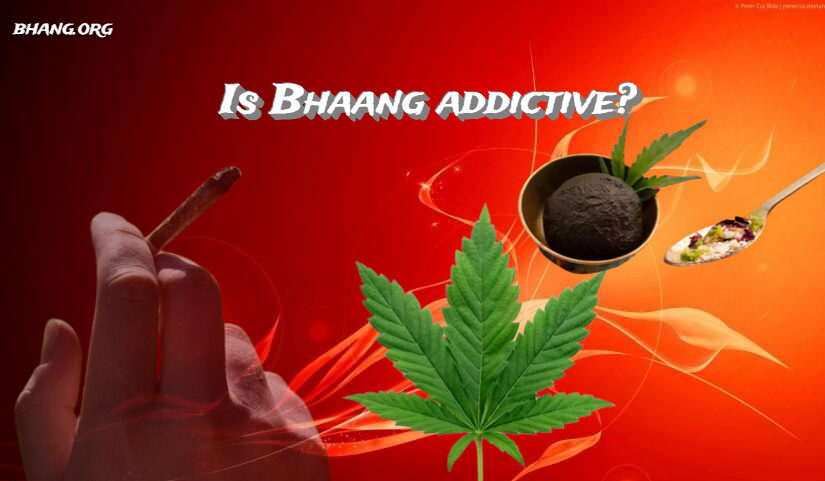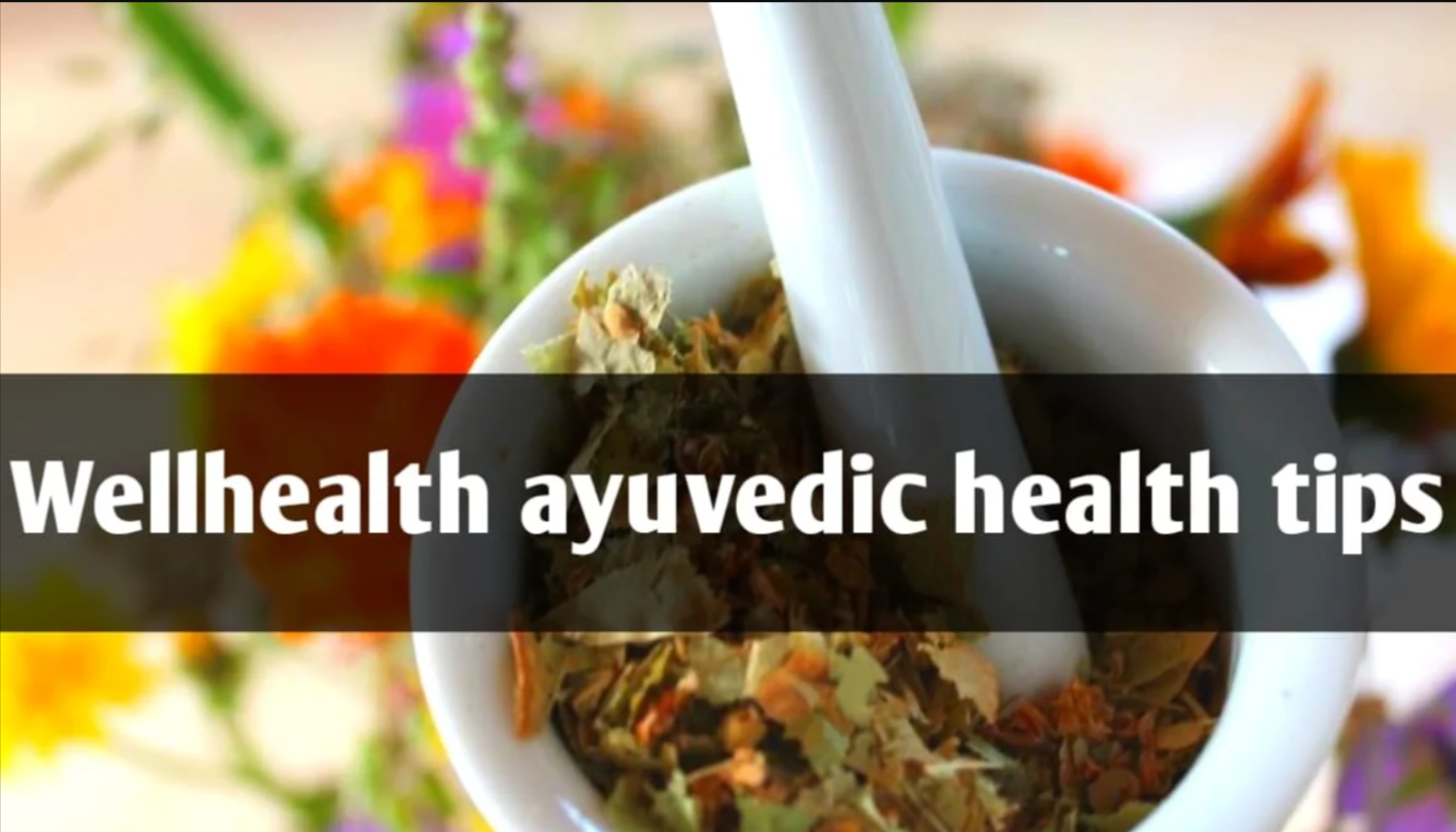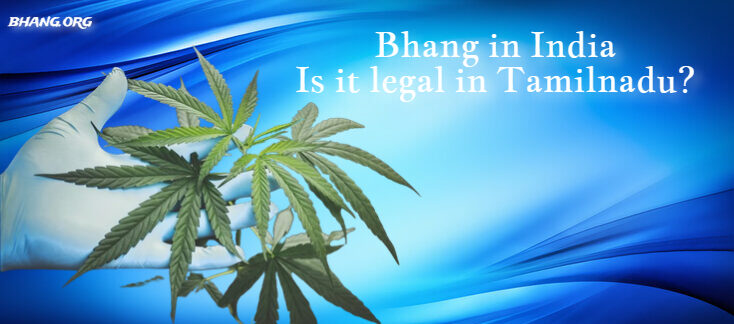
What is Bhaang its Side Effects and Benefits | Is Bhaang addictive?
What is Bhang and How is it Made?
Bhang, a celebrated aspect of Indian culture, has garnered attention through its portrayal in various forms of media, from its association with Mahashivratri festivities to its depiction in Bollywood films Such as “Yeh Jawaani Hai Deewani.” But what precisely is Bhang?
Bhang is an ingestible variant of cannabis, comprising the buds, leaves, and flowers of the marijuana plant. It has been incorporated into culinary offerings during religious observances for centuries. Much like other forms of marijuana, Bhang also holds significance in traditional medicine within our culture.
To create Bhang, the leaves, buds, and flowers of the female cannabis plant are ground into a paste using a mortar and pestle, often with the addition of spices. This paste serves as the base for a variety of dishes, including lassi, kulfi, laddoos, and pakoras. Despite its long-standing presence in Indian traditions, Bhang is often viewed as an illicit substance in many regions of the country. However, certain religious and cultural exemptions allow for the regulated sale of Bhang through government-sanctioned outlets.
What are the Side Effects of Bhang?
Cannabis contains compounds that interact with specific receptors in the brain and nerves, leading to effects such as anxiety reduction, euphoria, and pain relief. These properties make Bhang both a medicinal remedy and a recreational substance.
Who should avoid Bhang?
Typical responses to consuming Bhang include a rise in heart rate and appetite. It’s advisable for individuals with asthma, heart issues, or nerve-related conditions to steer clear of Bhang due to these effects.
Is Bhang addictive?
Yes, like other substances affecting the body, Bhang can be addictive. The presence of THC, a compound in cannabis, contributes to its addictive nature. Various factors, including genetics, family history, and mental health, influence addiction potential.
What are the symptoms of Bhang addiction?
Bhang addiction manifests in various symptoms and can lead to several issues, including bloodshot eyes, rapid heartbeat, persistent cough, dry mouth, memory impairment, anxiety, paranoia, and loss of self-control.
Is it safe to mix Bhang and alcohol?
Mixing Bhang with alcohol is generally discouraged because the effects of marijuana can impair judgment, potentially leading to alcohol poisoning.
Guidelines for consuming Bhang:
Refrain from driving after Bhang consumption due to impaired judgment, coordination, and reaction time, which can be dangerous.
- Avoid consuming Bhang on an empty stomach.
- Stay hydrated by drinking plenty of water while consuming Bhang.
- Ensure Bhang is kept away from pregnant women and children.
Bhang: Medicinal Properties
Marijuana thrives abundantly in regions of higher altitude, particularly around the foothills of the Himalayas, where the climate is conducive to its growth. These areas are also renowned for offering Ayurvedic treatments. Within the ancient Indian system of medicine, Ayurveda, Marijuana, in the form of Bhang, is utilized as a medicinal preparation primarily aimed at alleviating symptoms of depression and related disorders.
Recent research has uncovered additional benefits of Bhang:
- Prevents Nausea and Vomiting: Bhang possesses well-documented anti-nausea and anti-vomiting properties, particularly beneficial during chemotherapy treatments for cancer patients. Tetrahydrocannabinol (THC), a major chemical compound in Marijuana, is responsible for Bhang’s effectiveness in this regard.
- Reduces Pain: Bhang acts to numb the pain receptors in the nervous system, resulting in the characteristic mellow sensation associated with its intoxication. This property also makes Bhang an effective pain reliever for individuals afflicted with disorders causing chronic pain.
- Increases Appetite: Bhang stimulates a person’s appetite by influencing the hypothalamus through THC, prompting the phenomenon known as “the munchies,” often observed among marijuana consumers. Therefore, for those experiencing a lack of appetite, Bhang effectively stimulates the body to regain its appetite, even after food consumption.
How Does Bhang Work?
Bhang contains THC (Tetrahydrocannabinol), a chemical that our body recognizes as a neurotransmitter, allowing it to affect normal bodily functions. It primarily impacts the hippocampus and orbitofrontal cortex, which control memory formation and attention shifting. Consumption of Bhang can lead to impaired thinking and interfere with learning abilities.
Similar to many substances, Bhang stimulates neurons in the body’s reward system to release dopamine at higher-than-normal levels in response to natural stimuli. This dopamine surge results in the characteristic “high” experienced by marijuana consumers.
Treating Bhang Overdose:
Identifying a bad reaction to Bhang involves symptoms such as confusion, dry mouth, fatigue, anxiety, mood changes, increased heart rate, dizziness, and headaches. In rare cases, overdose can lead to hallucinations, paranoia, panic attacks, nausea, and vomiting. Maintaining moderation is crucial to prevent negative reactions..
Bhang Addiction:
Despite its benefits, Bhang is a drug and should be consumed in a controlled, supervised manner to prevent addiction and overdose. Treatment for Bhang addiction may involve:
- Medication: Certain drugs can aid in addiction treatment when combined with counseling.
- Cognitive Behavioral Therapy (CBT): Helps individuals manage negative thought patterns and behaviors associated with drug abuse.
- Motivational Enhancement Therapy (MET): Aims to enhance motivation to resist drug use.
- Family Therapy: Involves family members in the recovery process to provide support and understanding.
- Group Therapy: Allows individuals with addiction to share experiences and emotions with peers.
- Individual Therapy: Focuses on promoting abstinence from drug abuse.
- Relapse Prevention: Equips individuals with tools and techniques to prevent relapse after recovery.
- Spiritual counseling, physical activity, nutritional support, and other factors also contribute to long-term recovery.
Conclusion:
Bhang, a significant aspect of Indian culture, has both cultural and medicinal significance. While it offers various benefits, it’s essential to consume it in moderation and with caution, especially considering its potential for addiction and adverse effects. Understanding its properties, effects, and appropriate usage can help individuals make informed choices regarding its consumption.
FAQs about Bhang Addiction
What is Bhang and how is it made?
Bhang is a consumable type of cannabis crafted from the buds, leaves, and flowers of the marijuana plant. It’s traditionally prepared by grinding these parts into a paste and incorporating spices. This paste is then used in various culinary offerings like lassi, kulfi, laddoos, and pakoras.
What are the side effects of Bhang?
Common side effects of consuming Bhang include an increased heart rate, heightened appetite, and potential impairment of cognitive functions such as memory and attention. Individuals with asthma, heart issues, or nerve-related conditions are advised to avoid Bhang due to these effects.
Is Bhang addictive?
Yes, Bhang can be addictive, primarily due to the presence of THC (Tetrahydrocannabinol), a compound in cannabis known for its psychoactive properties. Addiction potential varies based on factors such as genetics, family history, and mental health.
How does Bhang work?
Bhang contains THC, which affects normal bodily functions by interacting with specific brain receptors. It primarily impacts memory formation and attention shifting, leading to impaired thinking. Bhang also stimulates neurons in the body’s reward system, resulting in a dopamine surge and the characteristic “high” experienced by consumers.
What are the medicinal properties of Bhang?
Bhang has been used in traditional medicine, particularly Ayurveda, to alleviate symptoms of depression and related disorders. Recent research has also shown its effectiveness in preventing nausea and vomiting, reducing pain, and increasing appetite, making it beneficial for conditions like cancer treatment-induced nausea, chronic pain, and loss of appetite.


